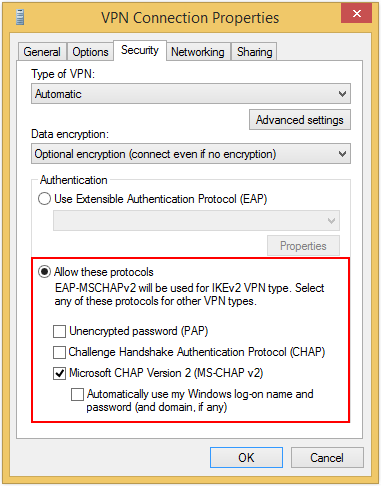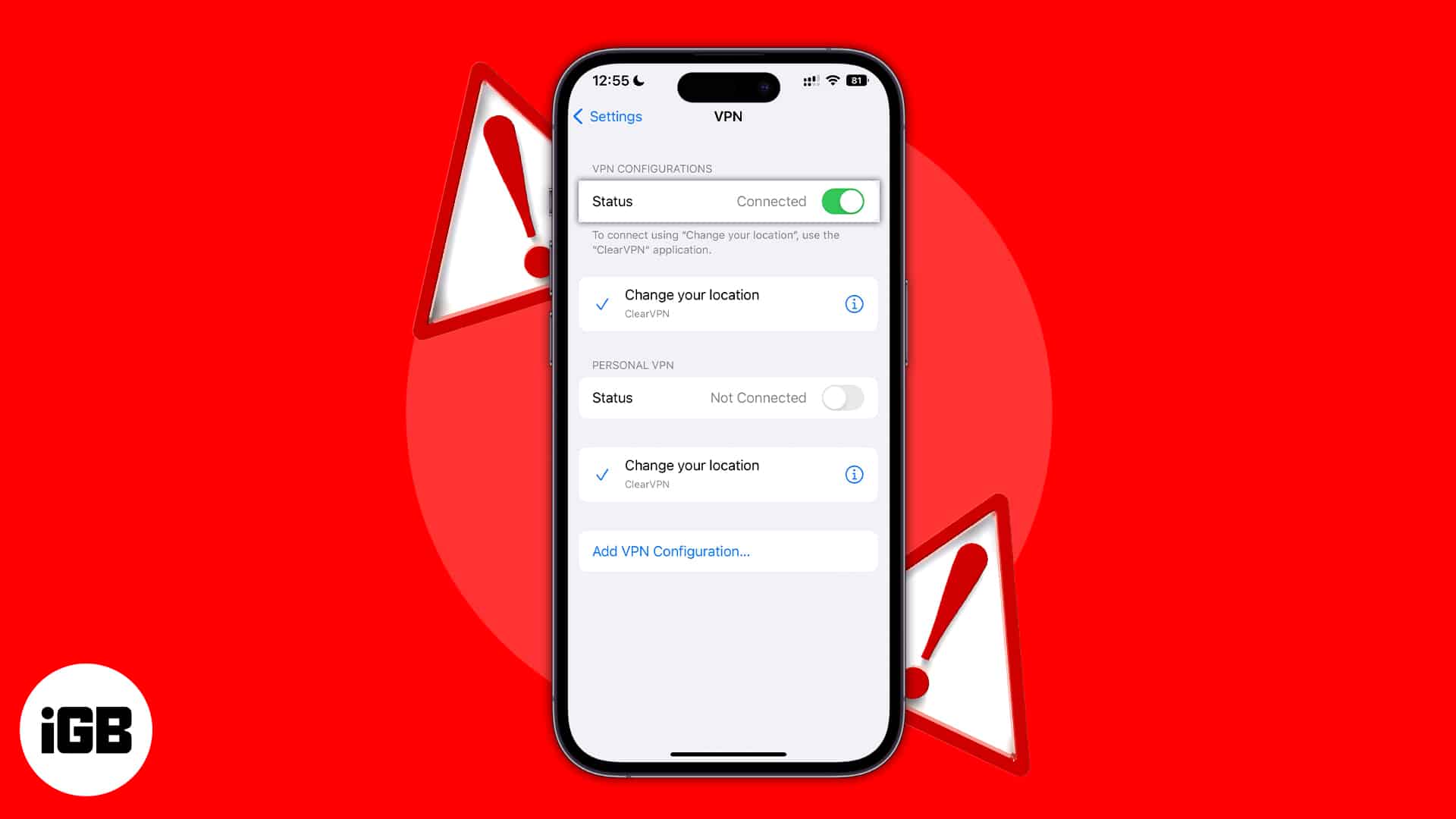Featured
Table of Contents
Top Ngfw Troubleshooting Articles

The Routing and Remote Access snap-in lives within the Microsoft Management Console, referred to as the MMC. There are numerous methods to access the MMC. You can select the console from the Start menu's Programs choices, within the Administrative Tools folder within Windows server's Control board or by typing mmc at a command prompt.
As Tech, Republic's Brandon Vigliarolo shows within his video at the start of this short article, the Services console displays the status of the Routing and Remote Gain access to entry. From within the Services console and with the Routing and Remote Access entry highlighted, you can click Start the Service or right-click the entry and select Restart.
Sometimes the VPN customer and VPN server are set to using various authentication techniques. Confirm whether an authentication mistake is the problem by opening the server console. Yet another approach of accessing the MMC is to type Control+R to open a command timely in which you can type mmc and struck Get in or click OK.
If the entry isn't present, click File, select Add/Remove Snap-in, select the Routing and Remote Access alternative from the options and click Add, then OK. With the Routing and Remote Gain access to snap-in included, right-click on the VPN server and click Residences. Evaluate the Security tab to confirm the authentication approach.
How To Troubleshoot Vpns - Fix Common Vpn Problems!
Make sure the VPN client is set to the authentication technique defined within the Security tab. Generally the products just evaluated are responsible for most VPN connection refusal errors. Other principles should be correct, too. For example, if the Windows Server hosting the VPN hasn't signed up with the Windows domain, the server will be unable to confirm logins.
IP addresses are another essential element for which administration must be appropriately set. Each Web-based VPN connection typically uses two various IP addresses for the VPN customer computer. The very first IP address is the one that was appointed by the client's ISP. This is the IP address that's used to develop the preliminary TCP/IP connection to the VPN server over the Web.

This IP address generally has the same subnet as the regional network and therefore permits the customer to communicate with the local network. When you established the VPN server, you must configure a DHCP server to assign addresses to customers, or you can develop a bank of IP addresses to assign to clients straight from the VPN server.


If this choice is picked and the effective remote gain access to policy is set to allow remote gain access to, the user will have the ability to attach to the VPN. Although I have been not able to re-create the circumstance personally, I have actually heard rumors that a bug exists in older Windows servers that can cause the connection to be accepted even if the effective remote access policy is set to reject a user's connection.
Help With Twitter.com
Another typical VPN issue is that a connection is successfully developed however the remote user is unable to access the network beyond the VPN server. Without a doubt, the most typical reason for this issue is that authorization hasn't been granted for the user to access the entire network. To enable a user to access the entire network, go to the Routing and Remote Gain access to console and right-click on the VPN server that's having the issue.
At the top of the IP tab is an Enable IP Routing check box. If this check box is made it possible for, VPN users will have the ability to access the remainder of the network, assuming network firewall softwares and security-as-a-service settings allow. If the checkbox is not selected, these users will have the ability to gain access to only the VPN server, however absolutely nothing beyond.
For instance, if a user is dialing directly into the VPN server, it's normally best to configure a static route between the client and the server. You can set up a fixed path by going to the Dial In tab of the user's residential or commercial properties sheet in Active Directory Users and Computers and choosing the Apply A Fixed Route check box.
Click the Include Path button and after that get in the destination IP address and network mask in the area provided. The metric need to be left at 1. If you're utilizing a DHCP server to assign IP addresses to customers, there are a number of other issues that might cause users not to be able to go beyond the VPN server.
How To Troubleshoot Common Issues With Avast Secureline ...
If the DHCP server assigns the user an IP address that is currently in usage elsewhere on the network, Windows will discover the conflict and prevent the user from accessing the remainder of the network. Another typical problem is the user not receiving an address at all. The majority of the time, if the DHCP server can't appoint the user an IP address, the connection will not make it this far.
254.x. x range. If the customer is assigned an address in a range that's not present within the system's routing tables, the user will be not able to navigate the network beyond the VPN server. Other issues can contribute to this problem, too. Ensure the resources the user is attempting to gain access to are actually on the network to which the user is connecting.
A VPN connection to the other subnet might, in reality, be needed. A firewall program or security as a service solution could likewise be to blame, so do not forget to evaluate those options' settings, if such elements are present between the VPN server and the resources the user seeks to reach.
The first possibility is that one or more of the routers involved is carrying out IP package filtering. I suggest checking the customer, the server and any devices in between for IP package filters.
Latest Posts
The Best Business Vpn Services 2023
Best Vpn Solution For Your Business
Vpn Stopped Working: Here Are 4 Quick Tips To Get It Back